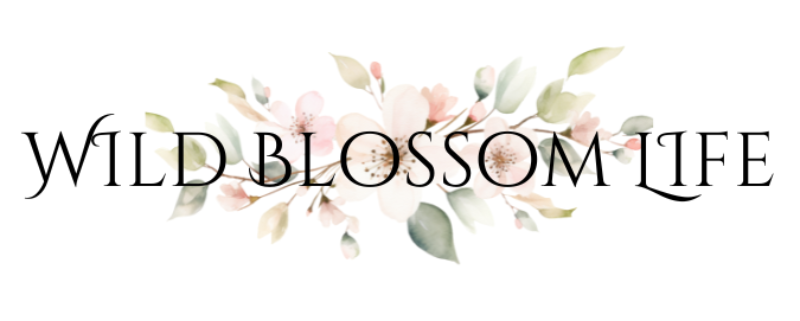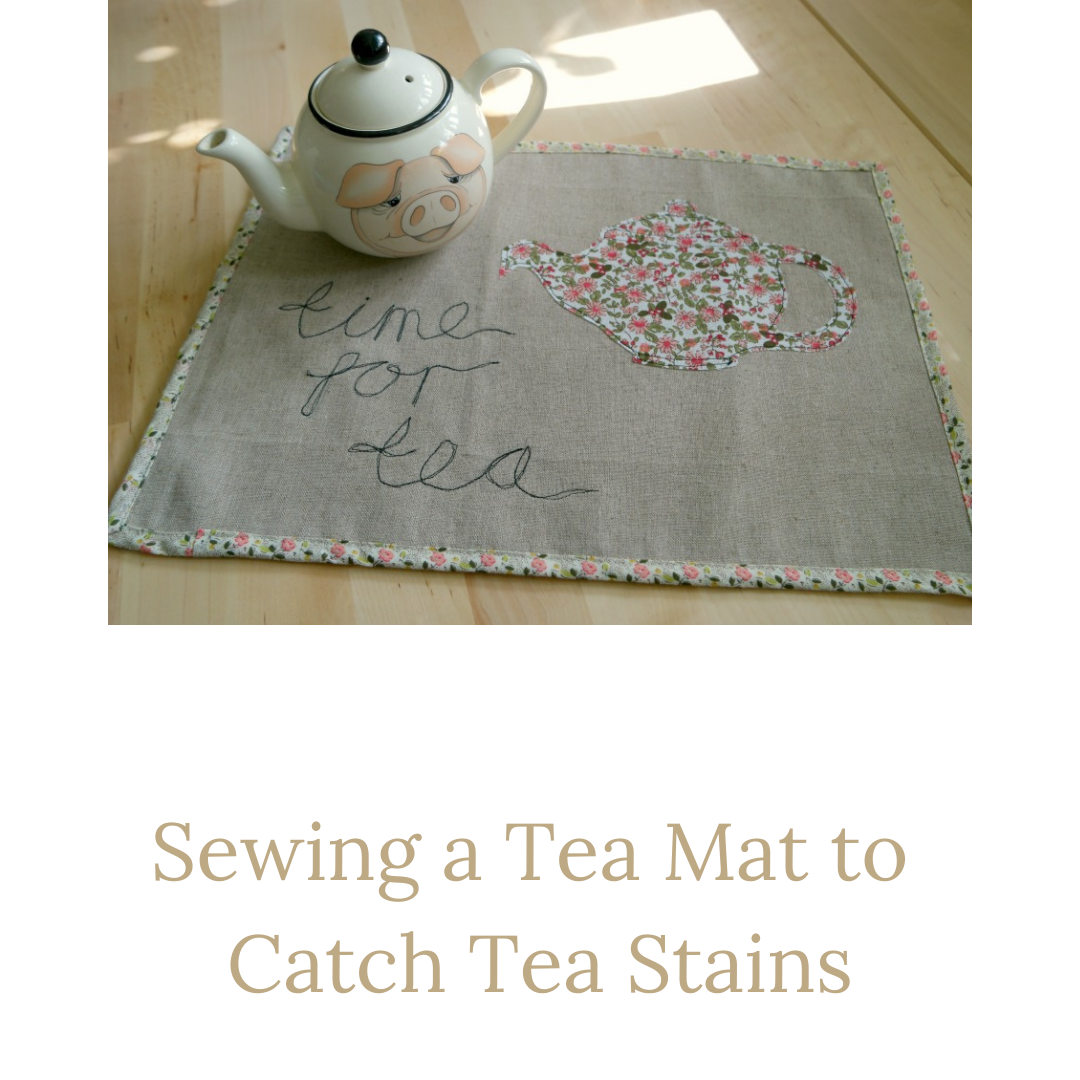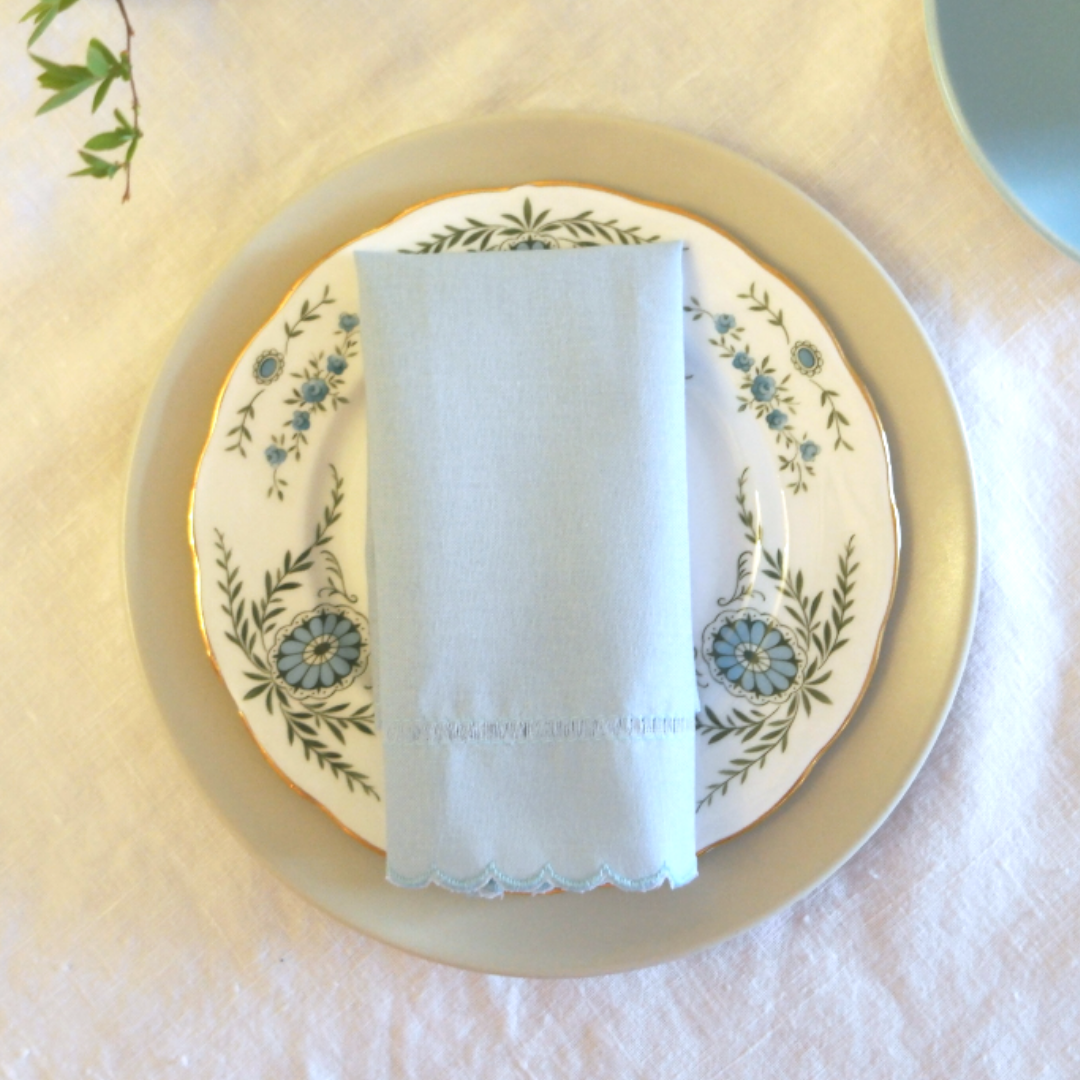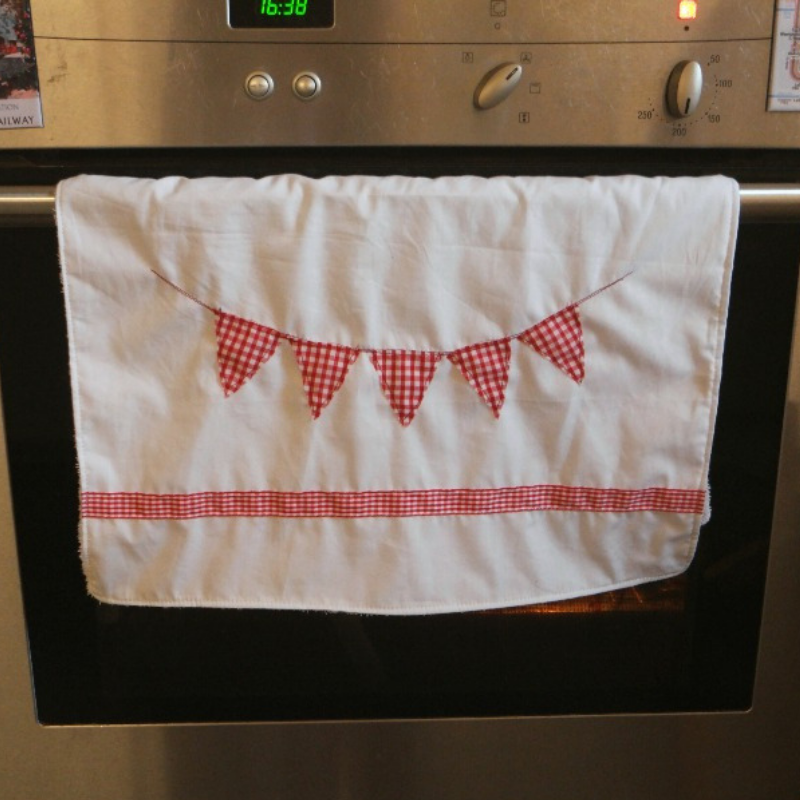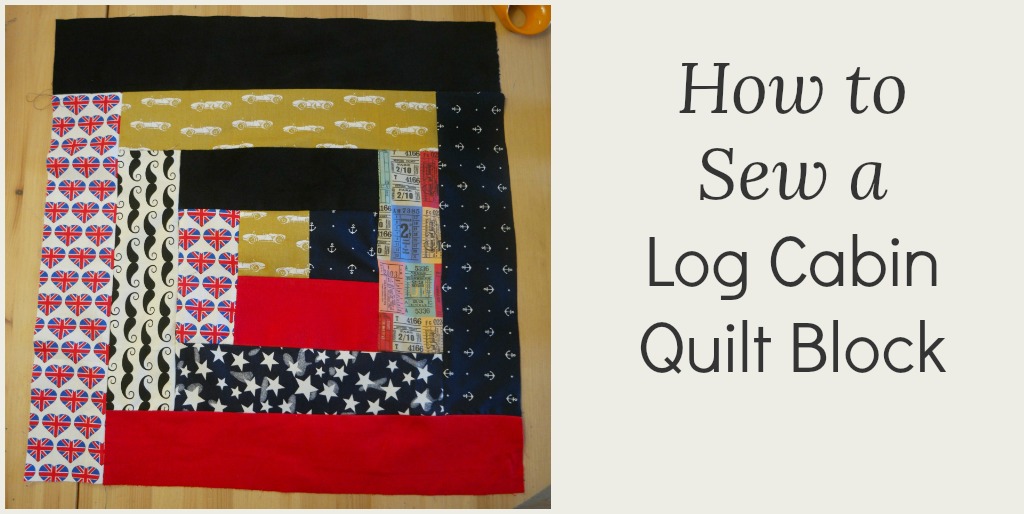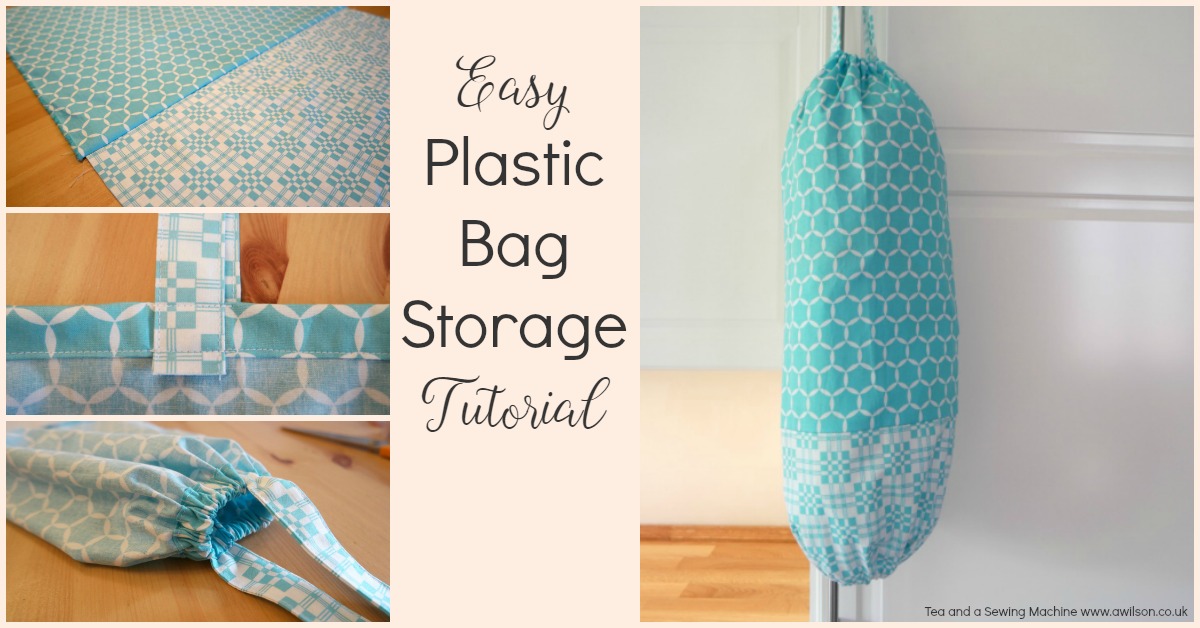Sewing a Tea Mat To Catch Tea Stains
This tea mat project originally appeared on the Minerva Crafts Bloggers’ Network. Since their site relaunched, some of the older stuff has gone, including this. As I’ve had several people ask about it, I’ve rewritten the post with the pattern here. When we moved into our funny old…
